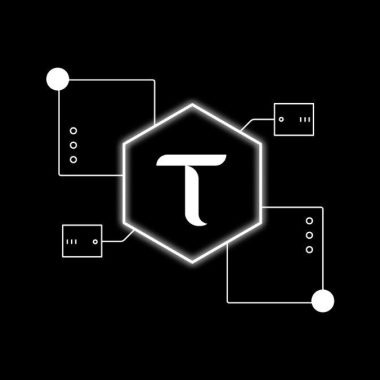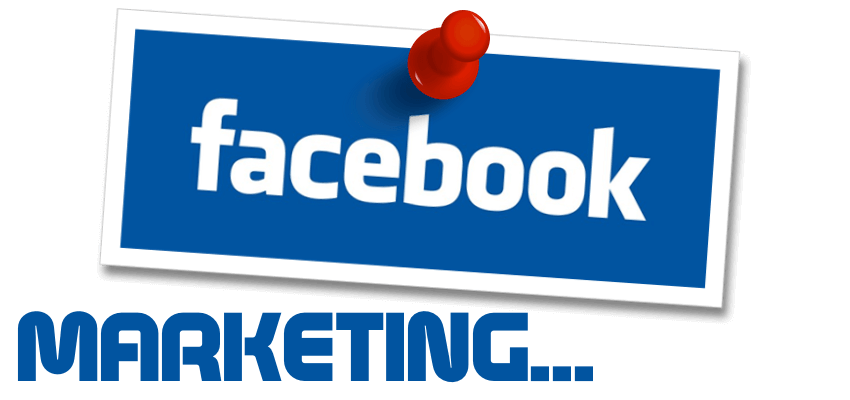Facebook remains one of the most powerful platforms for digital marketing, offering businesses unparalleled access to a diverse and engaged audience. However, simply running ads or posting content is not enough to guarantee success.
To ensure that your marketing efforts are effective, it is essential to measure performance using relevant metrics and data-driven insights. But how do you determine whether your Facebook marketing strategy is truly working?
Measuring success requires a combination of key performance indicators (KPIs), analytical tools, and a clear understanding of your business objectives. By evaluating engagement, reach, conversions, and return on investment (ROI), you can refine your approach and optimize future campaigns.
A deep dive into these factors will help you make data-driven decisions that improve your results over time.
Defining Your Facebook Marketing Goals
Before you start analyzing metrics, it’s crucial to define what success means for your business. Facebook marketing goals can vary depending on your industry, audience, and overall business objectives. Some businesses focus on brand awareness, while others prioritize lead generation, website traffic, or direct sales.
For instance, if you are a small e-commerce store, your primary goal might be increasing conversions and driving revenue. A local restaurant, on the other hand, may be more interested in engagement and customer interactions. Once your goals are clear, you can determine which metrics are most relevant for measuring success.
Key Metrics for Evaluating Facebook Marketing Performance
Facebook provides a wealth of data through tools like Facebook Insights and Meta Business Suite. While numerous metrics are available, not all of them are equally important for every business. Below are the key performance indicators that offer the most valuable insights into your marketing success.
Engagement Metrics
Engagement metrics help you understand how users interact with your content. High engagement rates indicate that your audience finds your posts interesting, relevant, and worth interacting with. Some of the most important engagement metrics include:
Likes, Comments, and Shares: These indicate how much your audience appreciates and interacts with your content. More shares generally mean higher organic reach.
Reactions (Love, Wow, Angry, Sad, etc.): These provide deeper insight into how people feel about your content. A high number of positive reactions suggests strong audience connection.
Click-Through Rate (CTR): This measures how many people clicked on your post, link, or call-to-action (CTA). A low CTR may indicate that your content isn’t compelling enough or that your CTA isn’t clear.
Reach and Impressions
Understanding how many people see your content helps assess your visibility on Facebook. While reach and impressions are related, they measure different aspects of content exposure:
Reach: The number of unique users who have seen your post. A higher reach means more people are being exposed to your brand.
Impressions: The total number of times your content has been displayed, regardless of whether it was clicked or not. A single user can generate multiple impressions if they see the same post multiple times.
If your reach is low, it may be due to Facebook’s algorithm limiting your organic visibility. In such cases, you may need to improve your content strategy or invest in Facebook Ads to expand your audience.
Conversion Metrics
For businesses focused on generating leads or sales, conversion metrics are among the most critical indicators of success. These metrics show how well your Facebook efforts are translating into tangible business results:
Website Clicks: The number of users who clicked a link in your post or ad to visit your website.
Leads Generated: The number of users who filled out a form, subscribed to a newsletter, or took any other desired action.
Sales and Revenue: The amount of revenue generated from Facebook marketing efforts, tracked through Facebook Pixel or UTM parameters.
If your conversions are low despite high engagement and reach, you may need to refine your landing pages, improve ad targeting, or adjust your messaging.
Ad Performance Metrics
For businesses running paid campaigns on Facebook, measuring ad performance is essential to optimizing budget allocation and improving ROI. The most important ad-related metrics include:
Cost Per Click (CPC): The amount you pay for each click on your ad. Lower CPC generally indicates a well-optimized ad campaign.
Cost Per Mille (CPM): The cost per 1,000 impressions. A high CPM may suggest that your targeting needs adjustment.
Return on Ad Spend (ROAS): The revenue generated for every dollar spent on Facebook Ads. A ROAS above 1 means you are earning more than you are spending.
Tools for Measuring Facebook Marketing Success
To track and analyze these metrics effectively, you need the right tools. Facebook provides several built-in tools, but third-party solutions can also enhance your data analysis.
Facebook Insights: This free tool within Facebook provides analytics for your business page, helping you track engagement, reach, and post-performance.
Meta Business Suite: This platform allows you to manage multiple Facebook and Instagram accounts, offering deeper insights into performance.
Facebook Pixel: A tracking tool that helps measure user actions on your website, allowing you to optimize ads for conversions.
Google Analytics: This tool helps track Facebook-driven website traffic, user behavior, and goal completions.
Third-Party Analytics Tools: Platforms like Sprout Social, Hootsuite, and Buffer offer additional analytics and reporting features.
Improving Facebook Marketing Based on Data
Measuring success is only the first step. To maximize your Facebook marketing impact, you must use the insights gained from your data to refine your strategy. Here are some ways to improve performance based on key metrics:
If engagement is low, experiment with different types of content, such as videos, live streams, or interactive posts. Analyze which formats and topics resonate most with your audience.
If reach is declining, consider boosting posts, using hashtags strategically, and encouraging user-generated content to expand visibility.
If conversion rates are underwhelming, refine your CTA, test different landing pages, and ensure that your ad messaging aligns with audience expectations.
If ad performance is poor, adjust targeting settings, test different ad creatives, and optimize bidding strategies to improve ROAS.
The Importance of Continuous Testing and Optimization
Successful Facebook marketing is not about one-time efforts but ongoing testing and optimization. Regularly reviewing performance metrics allows you to adapt to changing audience behaviors, algorithm updates, and market trends. A/B testing different headlines, images, and ad placements can provide valuable insights into what works best for your brand.
Additionally, staying updated with Facebook’s evolving features and policies ensures that your marketing efforts remain effective. Engaging with audience feedback, experimenting with new content formats, and keeping an eye on competitors can also help refine your approach.
Measuring the success of your Facebook marketing efforts requires a clear understanding of your goals and the right combination of metrics. Engagement, reach, conversions, and ad performance all play a vital role in determining how well your strategy is working.
By leveraging tools like Facebook Insights, Facebook Pixel, and third-party analytics, you can track progress and make data-driven decisions to improve results.
Marketing success is not static—it requires continuous refinement and adaptation. By regularly analyzing your performance and making strategic adjustments, you can maximize your return on investment and ensure that your Facebook marketing efforts contribute to your overall business growth.








